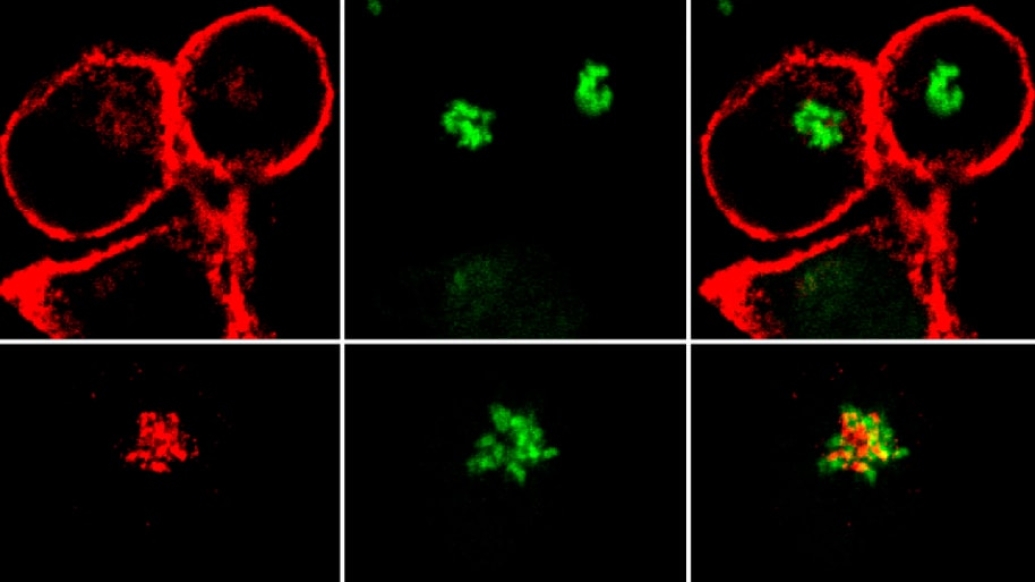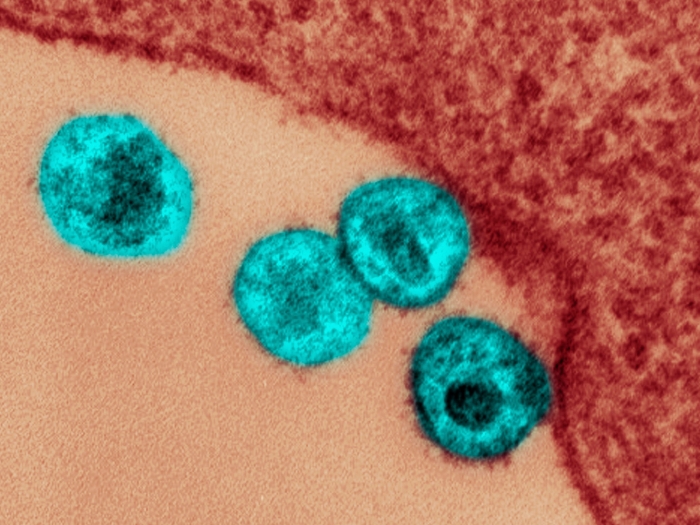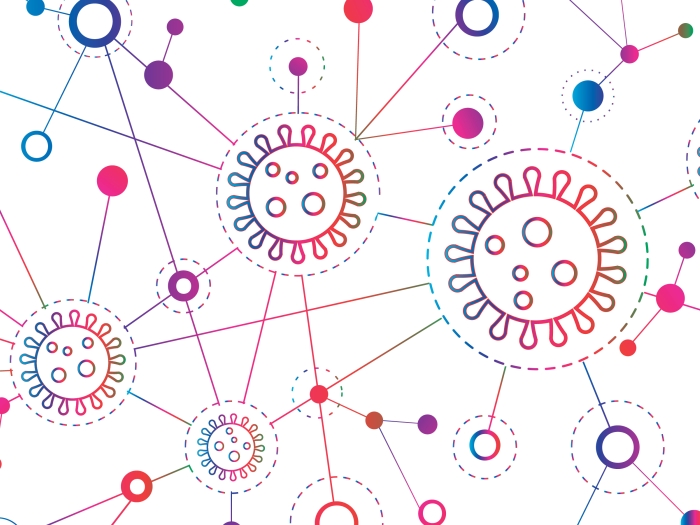In the search for a way to eliminate the AIDS virus from every cell in the body, scientists are pursuing promising compounds from under the sea.
7:00 AM
Author |

It was the height of the AIDS crisis, in the mid-1980s. As a young medical student in Baltimore, Kathleen Collins, M.D., Ph.D., witnessed the front lines of the battle against a frightening new epidemic, in a city that was especially hard-hit.
MORE FROM THE LAB: Subscribe to our weekly newsletter
She saw babies born to mothers who had the disease — coming into the world carrying a deadly virus no one understood, no vaccine could prevent and no drugs could treat.
The helplessness of that time inspired Collins to join the fight against HIV, to figure out its mysteries at the deepest levels.
Thirty years later, as both an AIDS doctor and a scientist at the University of Michigan Medical School, she's still on that quest.
AIDS still has no cure, and despite many advances in treatment, 35 million people worldwide still live with HIV lurking deep in their bodies and can still spread it. Those with access to treatment must take handfuls of expensive, sometimes toxic medications every day, without fail, for the rest of their lives.
Meanwhile, 2 million people worldwide are infected annually.
"Healthy young people continue to be sickened by the virus and require lifelong care," Collins says. "Even though therapies have turned HIV into a chronic disease, it's still contagious. Vaccines have been 30 percent effective, at most, because the virus mutates so quickly. This is the only virus where 100 percent of people who become infected are infected for life. Moving toward a true cure would be transformative."
Collins studies the virus's ability to fool the body's immune system and to hide out in remote corners of an infected person's body like a fugitive from justice.
Even in people treated daily for years with the most advanced combinations of AIDS drugs, HIV manages to evade the immune system's watchdogs. Collins and others have shown that it retreats to long-lived cells and keeps them from revealing its presence.
In recent years, the search for a solution to flush HIV out of hiding has led Collins and her team to a strange but promising place: the ocean's coral reefs.
If this approach works, we could essentially harness a person's own natural immune response to wipe HIV out of the body.Kathleen Collins, M.D., Ph.D.
A 'promising' approach
Working with U-M colleague David Sherman, Ph.D., and his team, they're zeroing in on promising drugs made from bacteria that live side by side with coral. Called marine actinomycetes, they have proved to be a potent source of other antimicrobial drug candidates. In the case of HIV, it's the metabolites made by the bacteria during their life span — in essence, their waste products — that turn out to be good drug candidates.
The potential new drugs target a protein made by HIV, called Nef. Once thought to be unimportant, Nef is a key player in HIV's ability to stay hidden. It keeps the body's "killer" T cells — the storm troopers of the immune system — from discovering where HIV still lurks.
Over the past decade, Collins and her team have shown how HIV uses Nef to avoid blowing its cover and bring the immune system's swift justice down on its hiding places. Nef attaches to the cell's own invader-fighting infrastructure, forcing cells to drag these important cellular components into their inner garbage-disposal systems. That means the cells can't raise the red flag to bring in the killer T cells.
The coral bacteria, it turns out, make substances that can interfere with Nef and stop it from working. The U-M team discovered this after checking a huge library of potential drugs for their ability to stop Nef — finding none. The U-M Center for Chemical Genomics, based at the Life Sciences Institute, helped the team zero in on the compounds coral-dwelling bacteria make.
After starting with 10 promising compounds, the scientists have whittled the possibilities down to three that seem to hold the most potential to inhibit Nef.
Now, they're starting to test the drugs' ability to function in living cells and tissues. The first results have been extremely promising — the most potent inhibition of Nef ever seen.
"We're still at the early stages of testing these candidates, but they're very promising," Collins says. "No one has ever developed a Nef inhibitor with this level of activity. If this approach works, we could essentially harness a person's own natural immune response to wipe HIV out of the body."
One of the biggest challenges, she notes, is getting the bacteria to produce enough of the compounds to carry out their work. The scientists are also working to figure out the molecular structure of the compounds, in hopes they could build them from scratch one day and cut the bacteria out of the process.
If their continued tests succeed, further research in animals would be needed before any human could try the drugs. If they succeed in inhibiting Nef and making HIV-infected cells reveal the virus's presence, their work could translate into other fields, such as efforts to find a cancer vaccine that can flush cancer cells out of their hiding places.
U-M's A. Alfred Taubman Medical Research Institute and the National Institutes of Health are funding the work at this time. But Collins says it will take far more money to perform the experiments that could truly test the three most promising drug candidates she and Sherman have identified.
"Taking something from bacteria and making it into a drug requires a tremendous investment," she says. Eventually, the goal would be to partner with industry to do clinical testing in patients if her team can show enough anti-HIV activity in preclinical testing.
But as Collins has learned in the 30 years she's been involved in the fight against AIDS, nothing happens quickly when you're up against such a formidable foe.
"AIDS won't go away until we have a true vaccine or cure," she says. "The fight may not seem to have as much urgency as it did 30 years ago, but it's still an urgent issue."
Photo caption: Normal cells form a halo of a protein called MHC-1 around themselves (top row, red rings), which lets them send up a "red flag" to the immune system if they become infected with HIV. But once HIV has entered a cell, it produces a protein called Nef that keeps the cells from creating this warning system, and the MHC-1 molecules remain inside the cell (bottom images).

Explore a variety of healthcare news & stories by visiting the Health Lab home page for more articles.

Department of Communication at Michigan Medicine
Want top health & research news weekly? Sign up for Health Lab’s newsletters today!





